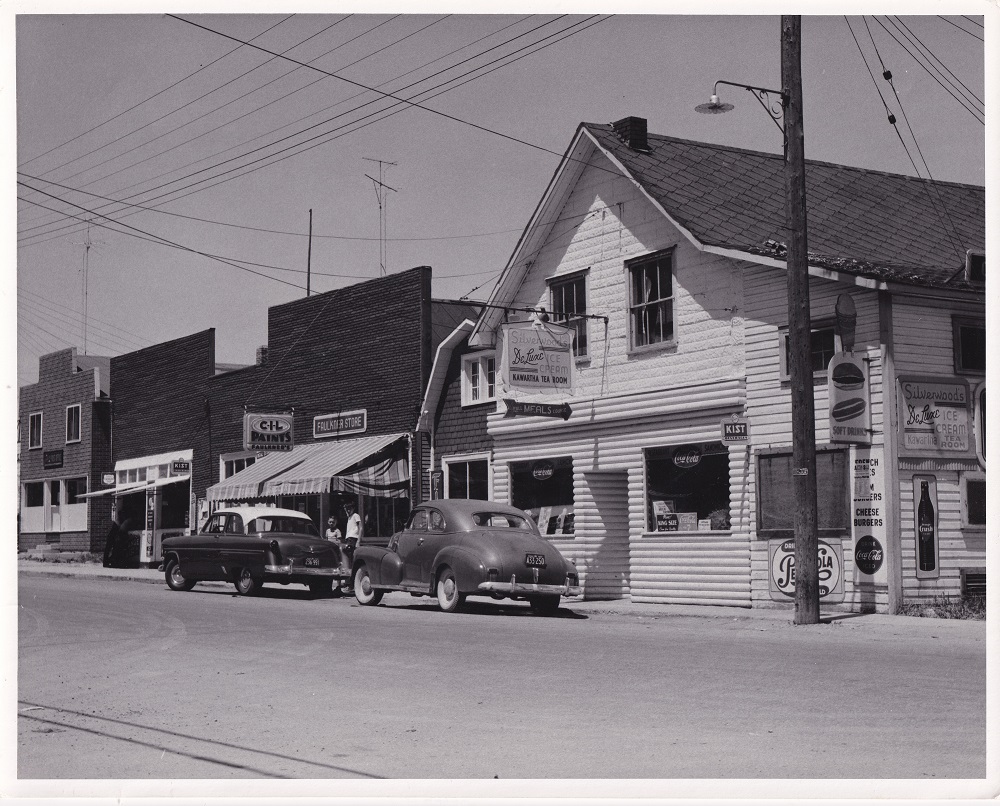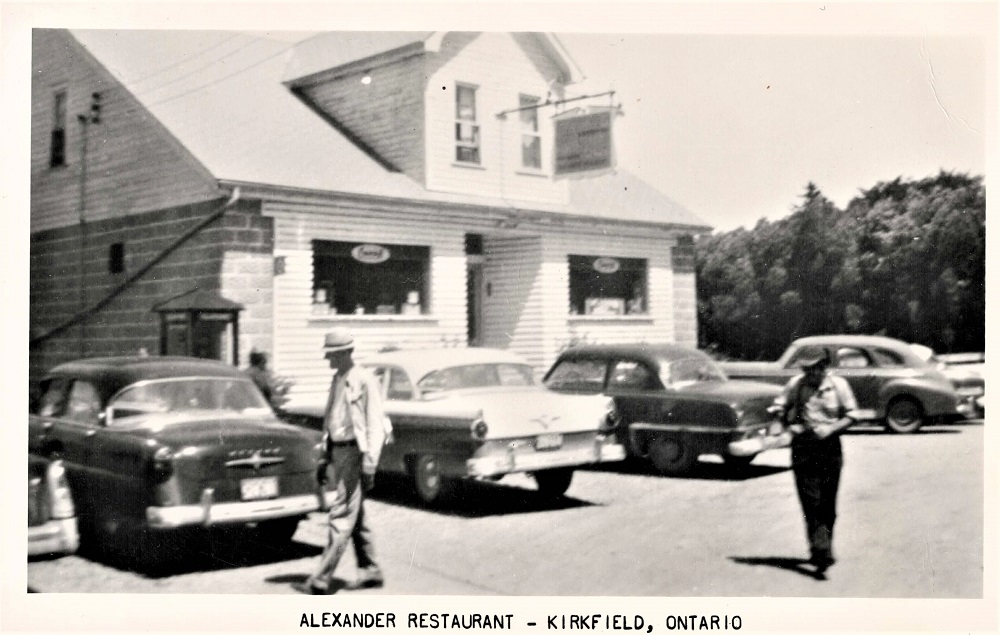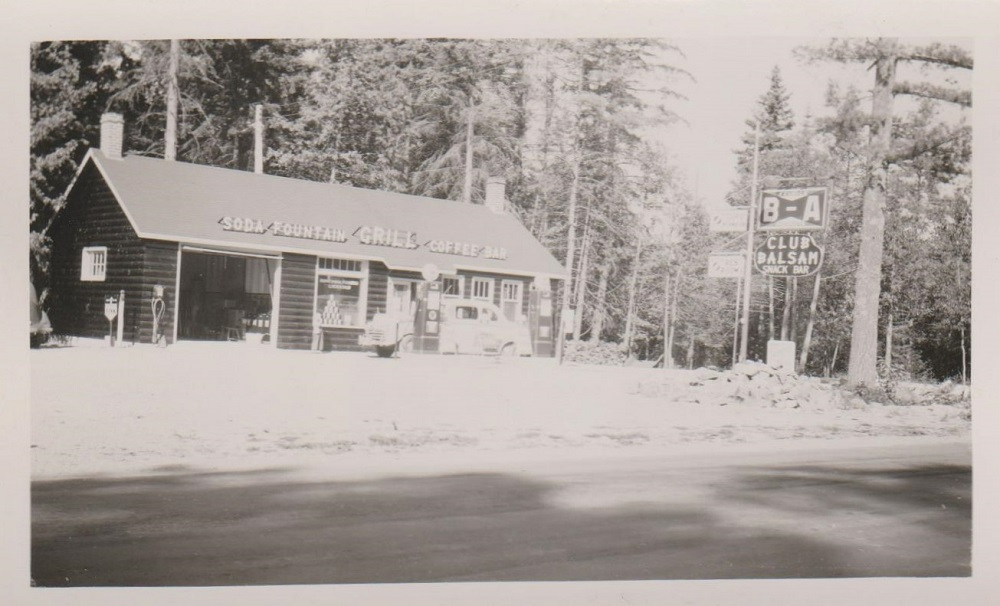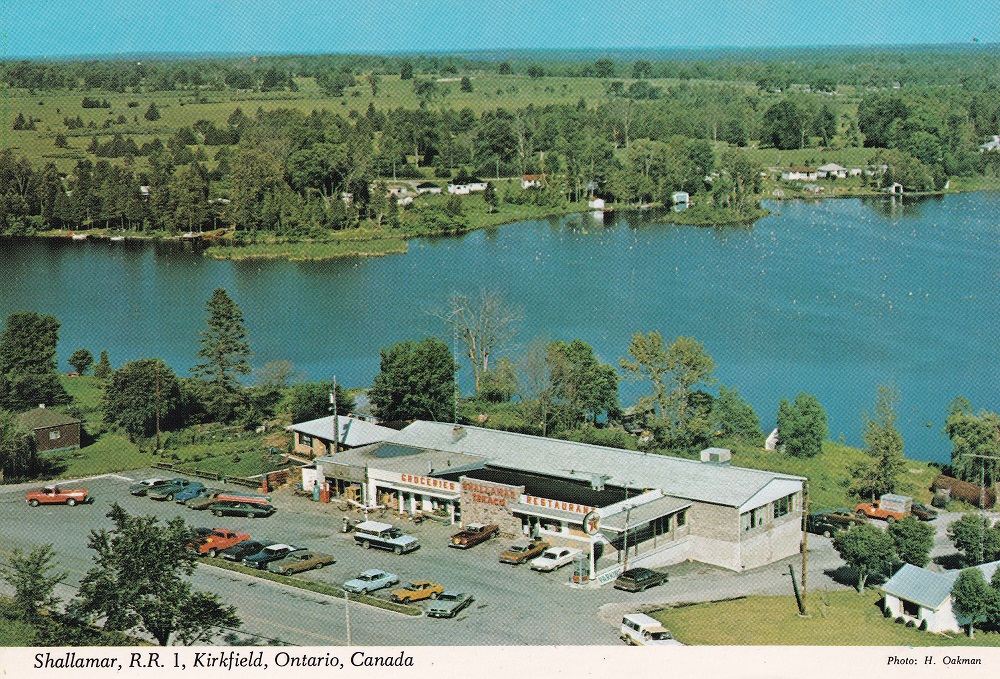Restaurants and Diners
Long-distance travel could make anyone hungry!
Unlike their cross-country counterparts, railways such as the Toronto & Nipissing didn’t offer dining car service. Travellers coming by train to northwestern Kawartha Lakes had to be replenished at local hotels, which were often strategically located within walking distance of railway stations.
Hotels led the way in providing hungry travellers with meals that were often as good as anything found in cities. “Nothing has been spared to make the equipment the best for the various processes of the culinary art,” said one correspondent of the Kirkfield Inn’s kitchen, when that establishment opened in 1913. Guests were treated like royalty, and the inn’s dining room was described as being “large and cheery and set with numerous small tables, each having space to seat four.”
As the automobile grew in popularity, dining options for tourists became more informal. Throughout the United States and in many parts of Canada, diners began to appear at the roadside. Diners came to symbolize postwar prosperity and optimism; many were distinguished by extensive use of porcelain and stainless steel panelling as well as neon lighting and other Art Deco and Art Moderne touches.
By contrast, the roadside diners and restaurants in northwestern Kawartha Lakes were functional and utilitarian. Some eating establishments sought to evoke the rustic look of the surrounding landscape – the log-sided Club Balsam snack bar in Rosedale was a notable example.
Snack bars were usually connected with gas stations and offered light meals to motorists. Marg Valentine, who grew up working at her family’s service station in Coboconk during the 1940s and 1950s, remembers:
During the war, there was no pop – sugar rationing was in effect. We mixed orange concentrate and sold it by the paper cup for 5 cents. A small amount of chocolate bars were made available. Most of the bars were made of soybeans and tasted awful. We sold breakfast, sandwiches, hamburgers, hot dogs, and the best home made pie ever.
Not everyone stopped for a bite at the snack bars. Children asking “are we there yet?” were sometimes satisfied with sandwiches, fruit, and a Thermos of milk or iced tea which had been prepared before leaving home.
Eating out remains a key part of highway-based tourism in northwestern Kawartha Lakes. Chip trucks, pizza parlours, and drive-through restaurants offer convenience – but sit-down eateries still serve up home-style cooking, and picnicking has yet to entirely go out of fashion.





